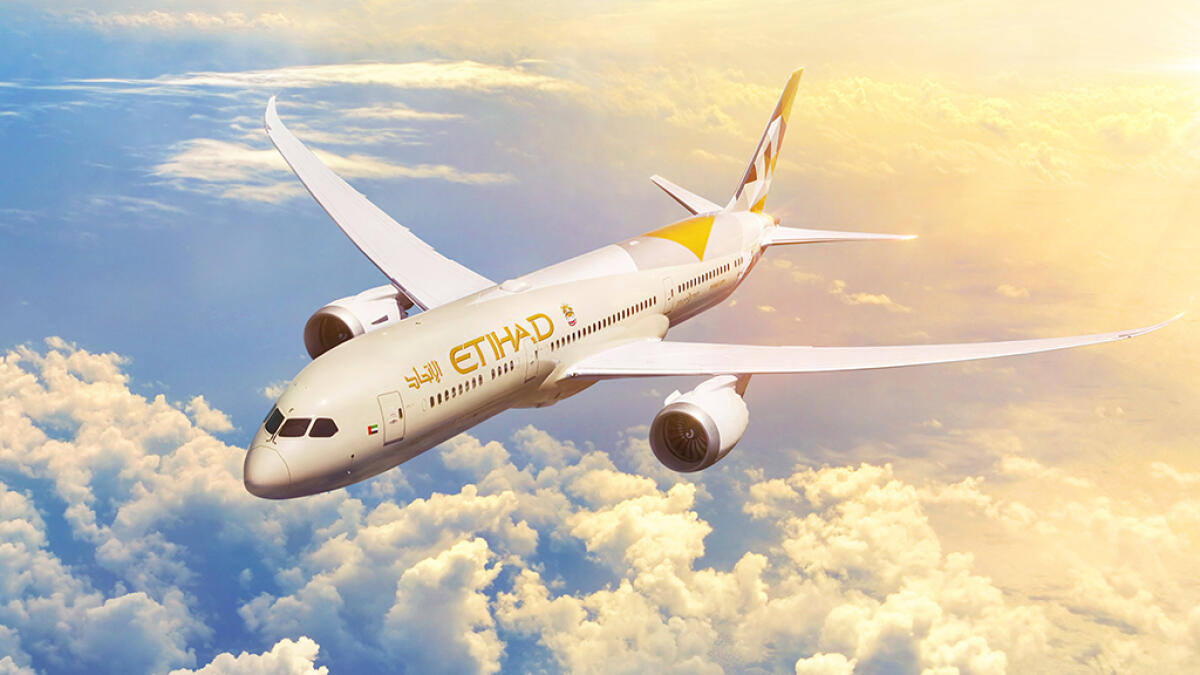Bird strikes pose a significant threat to aircraft safety, with more than 14,000 reported each year in the United States alone, according to the Federal Aviation Administration. In 2022, the United Kingdom’s Civil Aviation Authority reported nearly 1,500 bird strikes over the year. A recent incident involving an Etihad flight that had to return to Colombo shortly after take-off due to a bird strike highlights the importance of addressing this issue. However, after a thorough inspection, the same Etihad aircraft successfully departed from Colombo with all passengers and arrived in Abu Dhabi.
The EY395 flight, which was initially scheduled to depart from Colombo Bandaranaike International Airport and land in Abu Dhabi Zayed International Airport at 7.45am, experienced a five-hour delay due to the bird strike. The incident caused inconvenience to passengers, but Etihad Airways apologized for the disruption and ensured that ground teams were assisting passengers with travel arrangements. The airline also urged passengers to contact them through local phone numbers, live chat, or social media for any queries, emphasizing that guest safety and comfort are a top priority.
In a separate incident on May 20, an Emirates aircraft flying from Dubai to Mumbai collided with a flock of flamingos, resulting in damage to the aircraft. While the passengers and crew safely disembarked without injury, the return flight to Dubai was cancelled. Bird strikes are not uncommon in aviation, and they are more likely to occur during certain phases of flight, such as take-off, initial climb, approach, and landing due to the presence of birds at lower altitudes. Since most birds are active during the day, most bird strikes happen during daytime hours.
A study conducted by German researchers in 2020 revealed that Australia had the highest bird strike rate, with nearly eight incidents for every 10,000 aircraft movements, while the United States had the lowest rate at 2.83. These statistics highlight the global nature of the bird strike problem and the need for continued vigilance and mitigation efforts to ensure aviation safety. The aviation industry must work collaboratively to develop and implement strategies to minimize the risk of bird strikes and protect passengers, crew, and aircraft from potential harm.
Bird strikes are a serious concern that require ongoing attention and proactive measures to prevent accidents and ensure the safety of air travel. By raising awareness about the prevalence and impact of bird strikes, the aviation industry can work towards implementing effective solutions and protocols to mitigate the risks associated with these incidents. As airlines continue to face challenges related to wildlife encounters, it is crucial for them to prioritize passenger safety and operational efficiency while addressing the threat of bird strikes in a comprehensive and systematic manner.
In conclusion, bird strikes pose a real risk to aviation safety and can result in significant disruptions and damage to aircraft. As demonstrated by recent incidents involving Etihad and Emirates flights, bird strikes can lead to delays, cancellations, and costly repairs. It is essential for airlines, regulatory authorities, and wildlife management agencies to collaborate on strategies to reduce the frequency and impact of bird strikes in order to ensure the continued safety and reliability of air travel. By implementing proactive measures and best practices, the aviation industry can minimize the risk of bird strikes and enhance the overall safety of air travel for passengers and crew.









